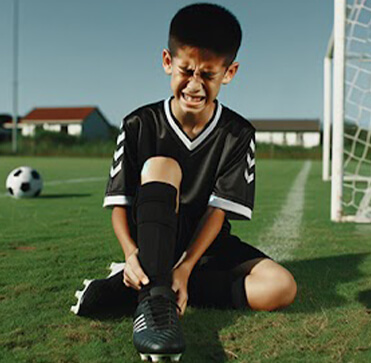CRFC BLOGS
LATEST BLOGS & NEWSLETTERS
Soccer Ankle Injury Prevention: A Comprehensive Guide
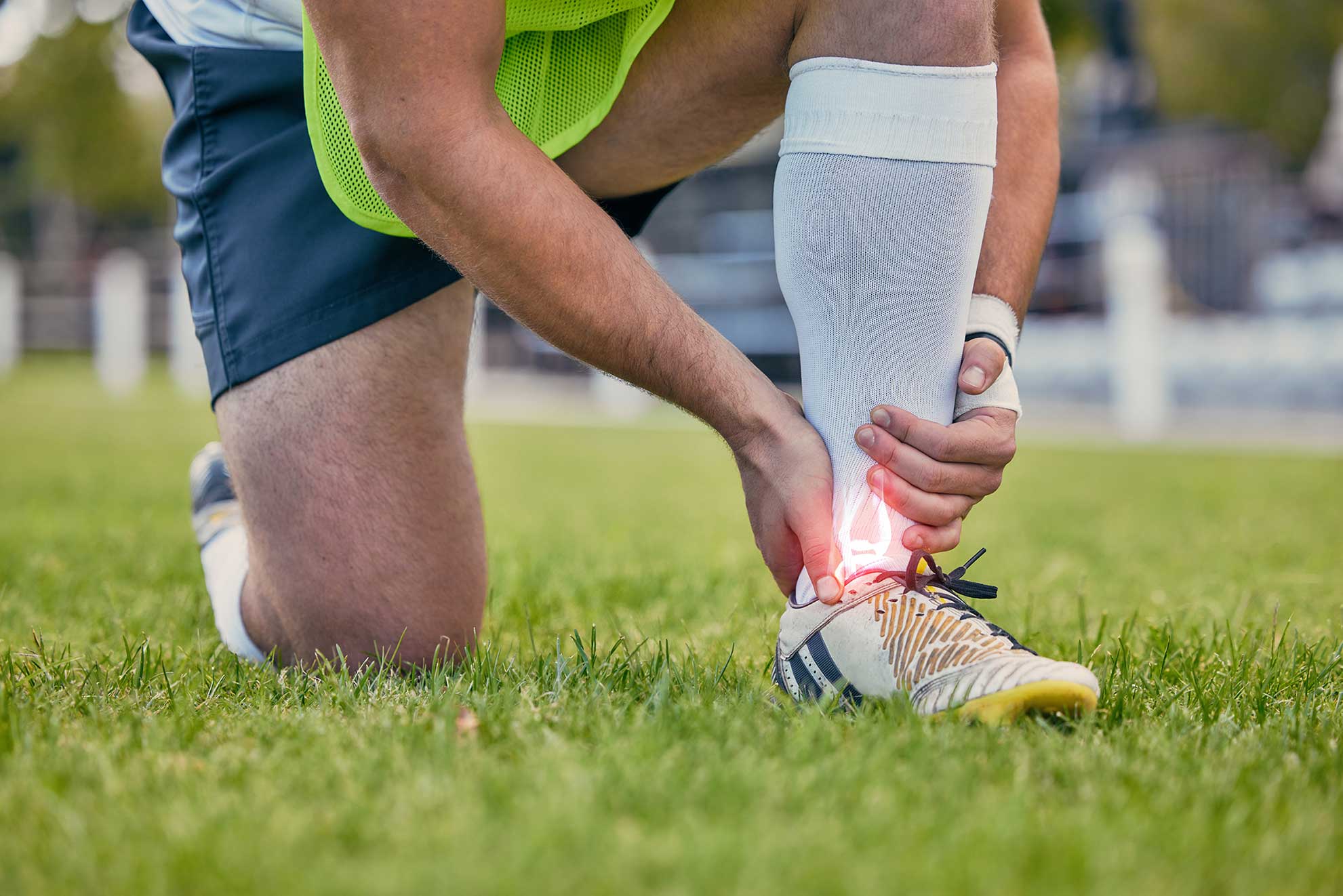
Understanding Ankle Injuries
Ankles are intricate structures comprised of bones, ligaments, tendons, and muscles. When subjected to sudden twists, turns, or impacts, these structures can become vulnerable to injuries. Common ankle injuries in soccer include sprains (overstretching or tearing ligaments), strains (injuries to muscles or tendons), and fractures (breaks in the bone).
Factors Contributing to Ankle Injuries in Soccer
To know how to prevent ankle sprains in soccer, you must be aware of the factors contributing to ankle injuries or sprains while playing soccer:
- Inadequate Warm-Up
- Improper Footwear
Wearing worn-out or inappropriate footwear reduces ankle support and stability.
- Poor Technique
Incorrect kicking or tackling techniques can place undue stress on the ankle joint.
- Overuse
- Playing Surface
Soccer Ankle Injury Prevention Measures
- Warm-Up and Cool Down
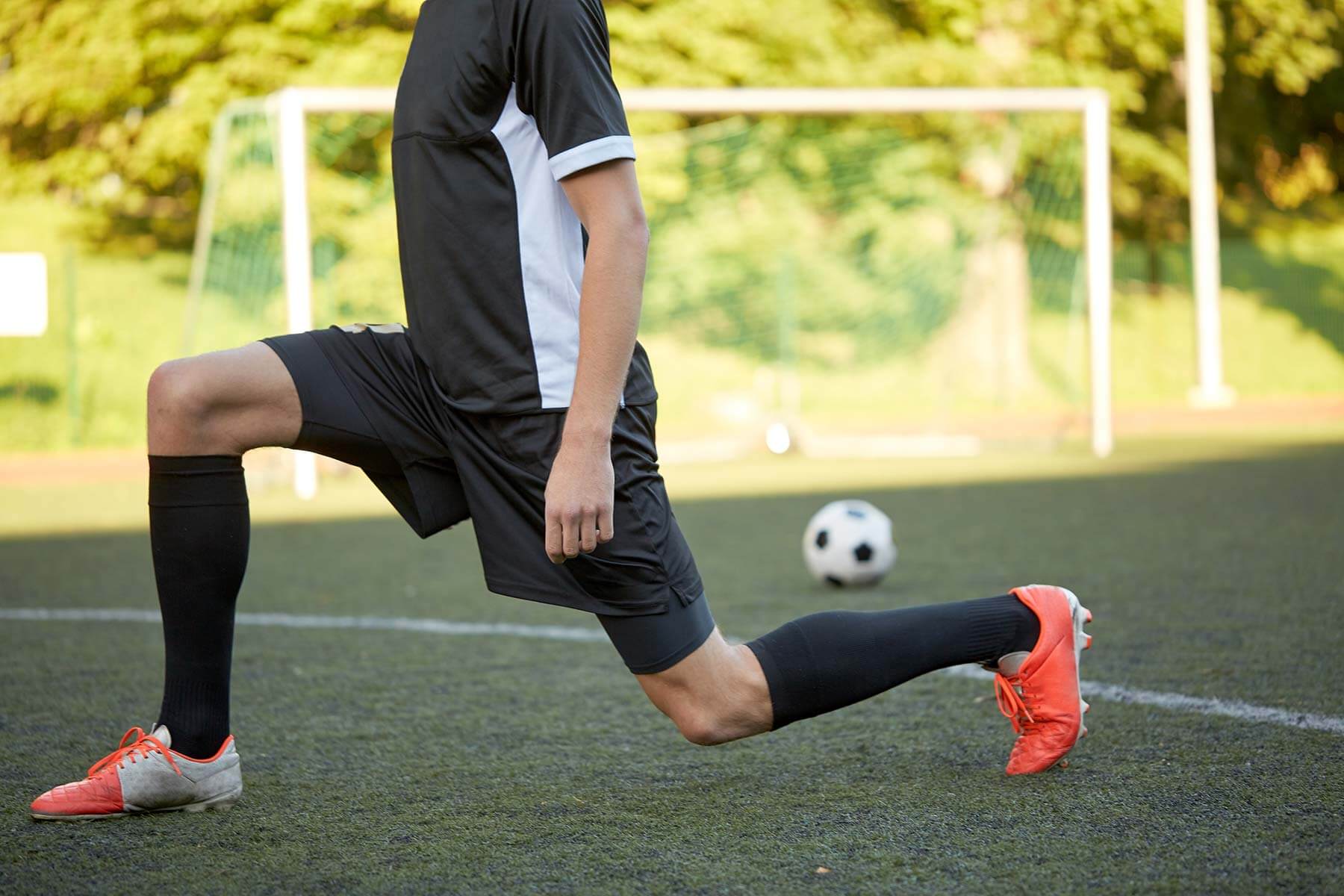
Warm-Up: Before diving into tough activities, initiate a dynamic warm-up session. Incorporate exercises like jogging, high knees, heel flicks, and ankle circles to increase blood flow, enhance flexibility, and prepare the muscles for intense movements.
Cool Down: Post-training or match, indulge in static stretches targeting calf muscles, Achilles tendon, and ankle joints. This aids in muscle relaxation, reduces soreness, and promotes flexibility.
2. Strengthening Exercises
Balance Exercises: Stand on one leg, progressing to unstable surfaces like wobble boards, to bolster ankle stability.
Resistance Training: Use resistance bands to perform ankle dorsiflexion, plantarflexion, inversion, and eversion exercises. This fortifies the muscles surrounding the ankle joint.
3. Proper Footwear
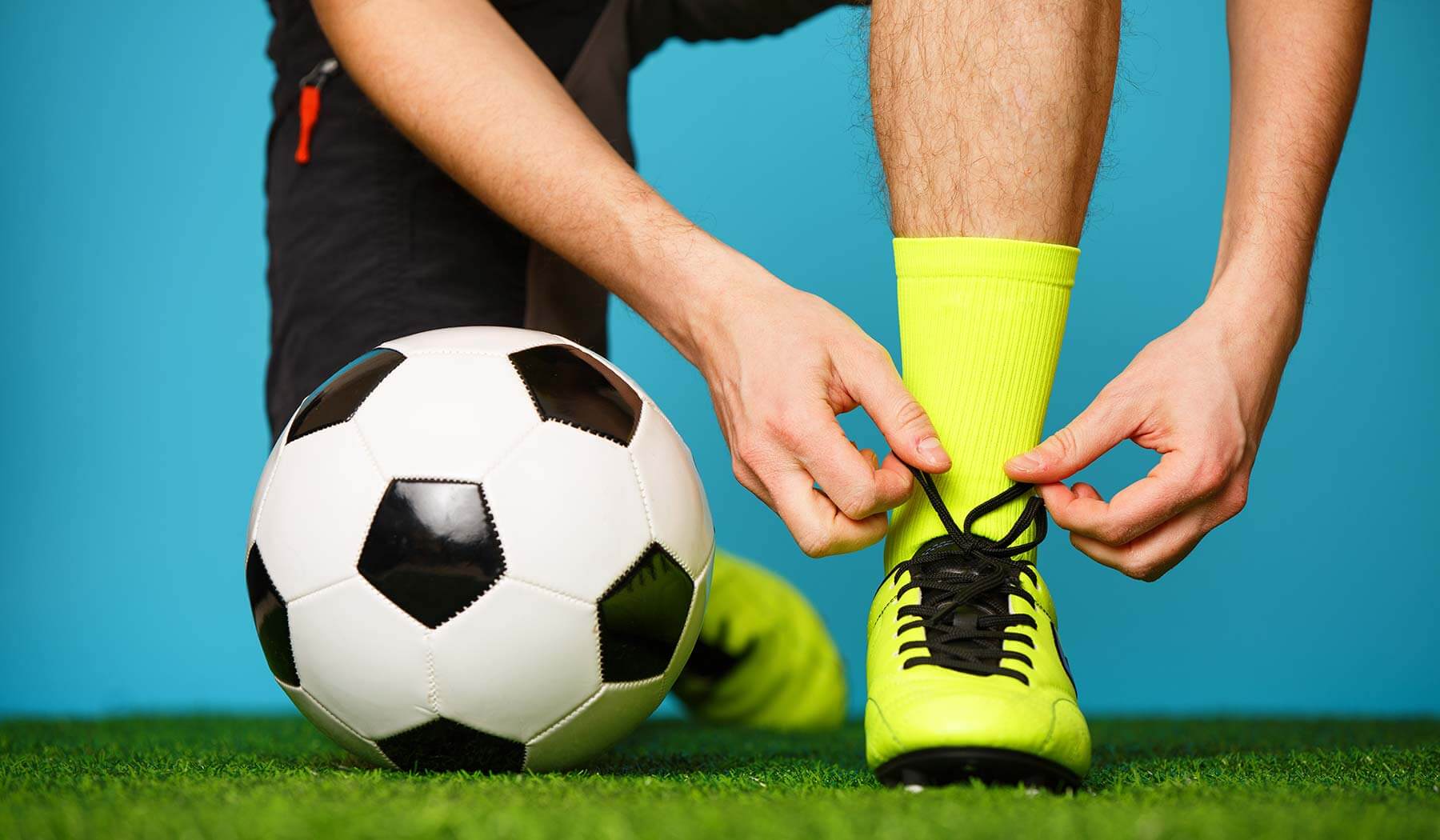
Investing in quality soccer cleats tailored to your foot type and playing style is pivotal. Before playing soccer ensure:
Proper Fit: Cleats should snugly fit without causing discomfort or constriction.
Ankle Support: Opt for cleats offering adequate ankle support and cushioning to minimize impact-related injuries.
4. Technique Refinement
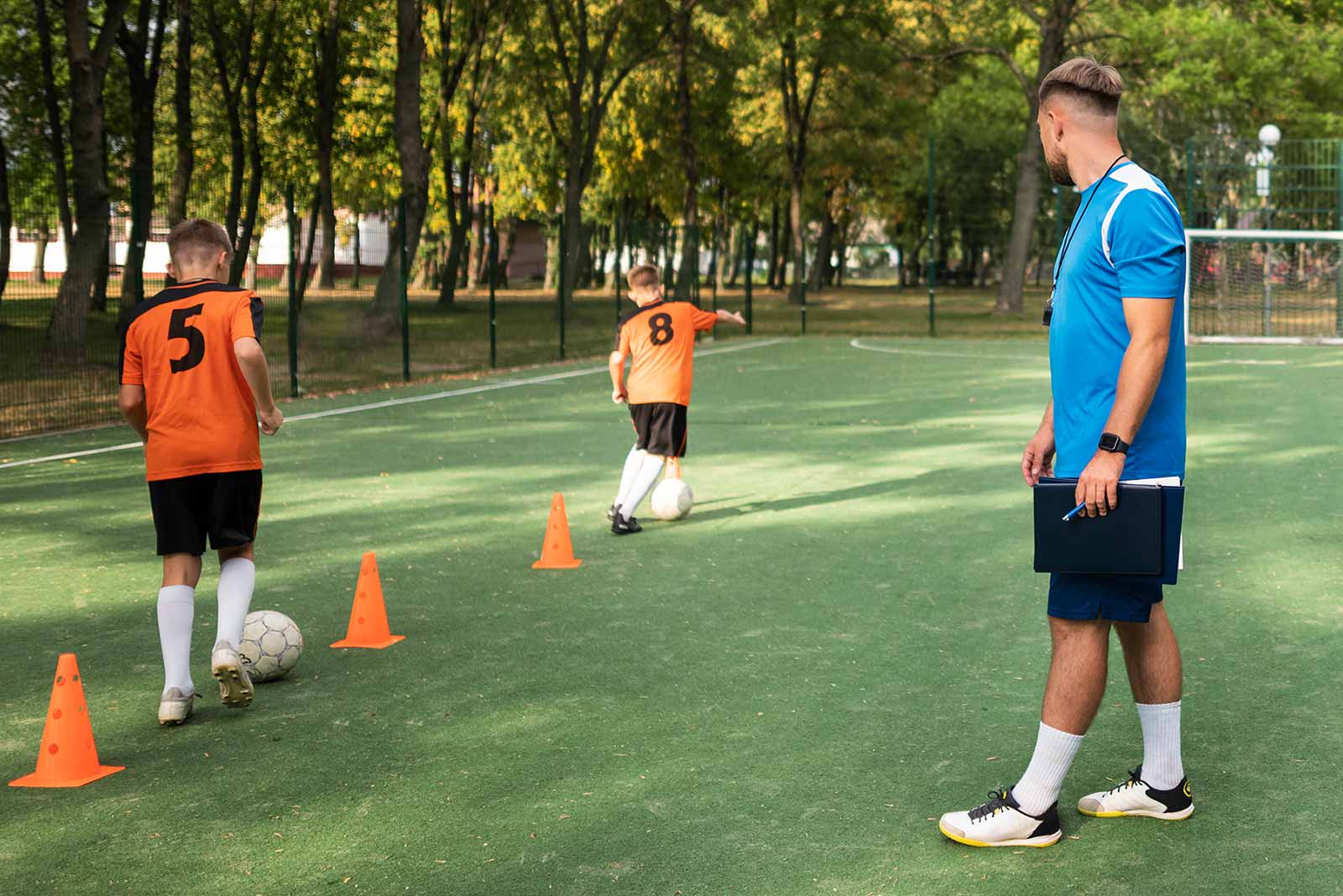
Enroll in private training sessions to refine your soccer techniques, encompassing:
Safe Tackling: Emphasize tackling techniques that minimize direct impact on the opponent’s ankle.
Correct Kicking: Master the art of kicking without compromising ankle stability this prevents ankle injury from kicking the soccer ball. Focus on planting the non-kicking foot firmly and following through without excessive torsion.
You can join CRFC’s private training sessions for your soccer techniques’ refinement.
5. Rest and Recovery
Respect your body’s signals. Incorporate rest days into your training regimen to allow muscles, tendons, and ligaments adequate recovery time. Embrace techniques like icing post-training to reduce inflammation and soothe potential micro-injuries.
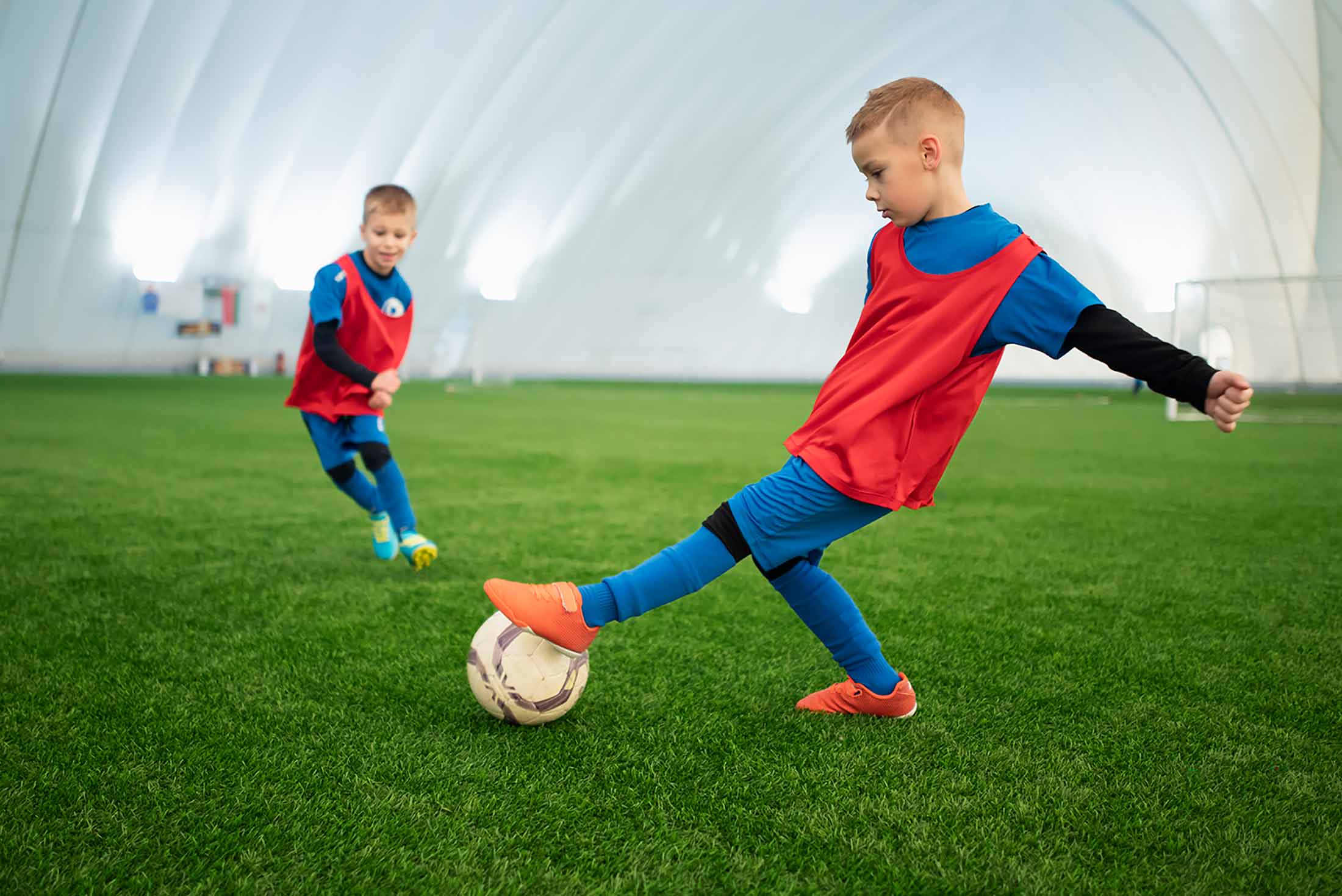
Before matches or training sessions, assess the playing surface. Address potential hazards like uneven terrains, potholes, or slippery patches. If feasible, opt for fields with shock-absorbing surfaces or invest in appropriate footwear suited for the specific terrain.
Conclusion
Soccer ankle injuries, though prevalent, are preventable with proactive measures and mindful practices. By prioritizing warm-ups, integrating ankle exercises for injury recovery and prevention, donning appropriate footwear, refining techniques, ensuring adequate rest, and evaluating playing surfaces, players can significantly mitigate the risk of ankle-related setbacks. Remember, prevention is always superior to cure. Embrace these strategies and safeguard your ankles for a fulfilling soccer journey. Stay informed, stay agile, and let your passion for soccer soar without worrying about injuries.
FAQs
How do you prevent ankle injuries in soccer?
Prevent ankle injuries in soccer by warming up properly, wearing appropriate footwear with ankle support, practicing strengthening exercises, refining technique, allowing for adequate rest and recovery, and evaluating playing surfaces for hazards.
What do soccer players use to protect their ankles?
Soccer players use quality soccer cleats with proper ankle support and cushioning to protect their ankles. They may also use ankle braces or tape for additional stability, especially if recovering from a previous injury.
How can soccer injuries be prevented?
Soccer injuries can be prevented by implementing warm-up and cool-down routines, strengthening exercises focusing on ankle stability, wearing proper footwear, refining soccer techniques to minimize stress on the ankles, allowing for sufficient rest and recovery, and assessing playing surfaces for potential hazards.
How do you stabilize your ankle for soccer?
To stabilize your ankle for soccer, perform strengthening exercises targeting the muscles surrounding the ankle joint, wear soccer cleats with adequate ankle support, and consider using ankle braces or tape for additional stability, following proper wrapping techniques if necessary.
How do you wrap your ankle before a soccer game?
Before a soccer game, wrap your ankle by starting at the base of the foot and wrapping the bandage around the ankle in a figure-eight pattern, ensuring firm but not overly tight compression. Finish by securing the bandage with tape or Velcro tabs, allowing for adequate flexibility and range of motion.

Did you find this useful?


